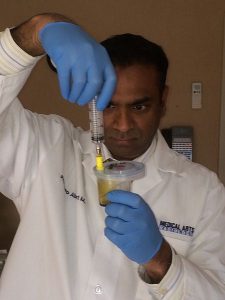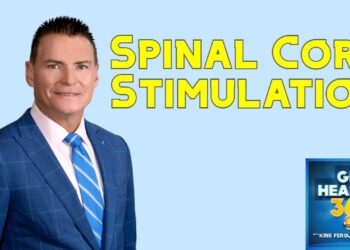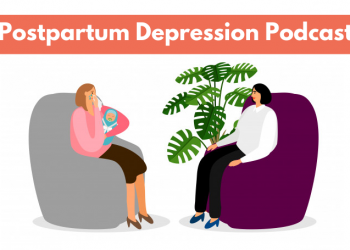What you need to know about plasma and synthetic knee injections.

Osteoarthritis, or cartilage breakdown in the knee causing pain is a very common condition. This study showed both platelet rich plasma and hyaluronic acid injection effective at improving functionality and reducing pain. However, the platelet rich plasma patients had overall more post injection pain and swelling. Therefore, according to this study, platelet rich plasma is not superior to hyaluronic acid for knee pain. Needless to say, more studies are needed.
The Research
Am J Sports Med. 2015 Jul;43(7):1575-82. doi: 10.1177/0363546515582027. Epub 2015 May 7.
Platelet-Rich Plasma Intra-articular Knee Injections Show No Superiority Versus Viscosupplementation: A Randomized Controlled Trial.
Filardo G1, Di Matteo B2, Di Martino A1, Merli ML1, Cenacchi A3, Fornasari P3, Marcacci M1, Kon E4.
Abstract
BACKGROUND:
Osteoarthritis (OA) is a common disease that will affect almost half the population at some point in their lives through pain and decreased functional capacity. New nonoperative options are being proposed to treat earlier stages of joint degeneration to provide symptomatic relief and delay surgical intervention.
PURPOSE:
To evaluate the benefit provided by platelet-rich plasma (PRP) injections to treat knee joint degeneration in comparison with hyaluronic acid (HA), the most common injective treatment currently adopted for this condition.
STUDY DESIGN:
Randomized controlled trial; Level of evidence, 1.
METHODS:
A total of 443 patients were screened, and 192 of them were enrolled in the study according to the following inclusion criteria: (1) unilateral symptomatic knee with history of chronic pain (at least 4 months) or swelling and (2) imaging findings of degenerative changes (Kellgren-Lawrence score of 0-3 at radiographs or MRI evidence of degenerative chondropathy). Patients underwent 3 weekly intra-articular injections of either PRP or HA. Patients were prospectively evaluated at baseline and then at 2, 6, and 12 months of follow-up using the International Knee Documentation Committee (IKDC) subjective score (main outcome), Knee injury and Osteoarthritis Outcome Score, EuroQol visual analog scale, and Tegner score. Range of motion, transpatellar circumference, patient satisfaction, and adverse events were also recorded.
RESULTS:
Two patients reported severe pain and swelling after HA injections, while no major adverse events were noted in the PRP group. However, PRP presented overall significantly more postinjection swelling and pain. Both treatments proved to be effective in improving knee functional status and reducing symptoms: the IKDC score in the PRP group rose from 52.4 ± 14.1 to 66.2 ± 16.7 at 12 months (P < .0005), and in the HA group it rose from 49.6 ± 13.0 to 64.2 ± 18.0 at 12 months (P < .0005). A similar trend was observed for all the clinical scores used. The comparative analysis of the 2 treatments showed no significant intergroup difference at any follow-up evaluation in any of the clinical scores adopted.
CONCLUSION:
PRP does not provide a superior clinical improvement with respect to HA, and therefore it should not be preferred to viscosupplementation as injective treatment of patients affected by knee cartilage degeneration and OA.
© 2015 The Author(s).
KEYWORDS:
PRP; cartilage; growth factors; injections; intra-articular; osteoarthritis; viscosupplementation











